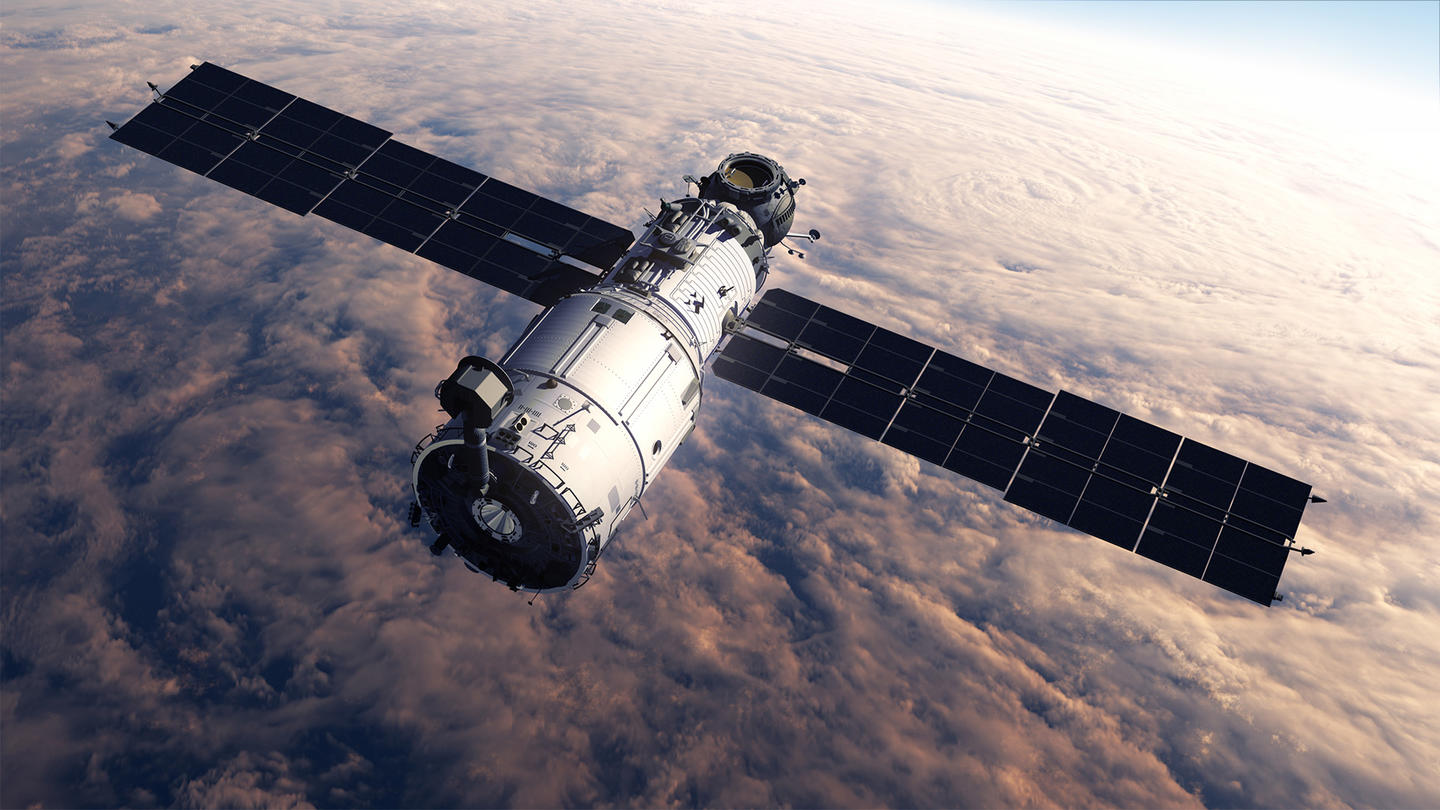Satellite Sudden Death on the Rise

“Scientists Panic as Satellites Die Without Warning”: Los Alamos Discovers Electron Buildup Creates Deadly 45-Minute Death Countdown for Space Equipment – Energy Reporters
Source Link
Excerpt:
… Researchers have discovered that these Spacecraft Environment Discharges (SEDs) are closely linked to the number of electrons in the satellite’s immediate vicinity. Historical events, such as the 1994 solar storm that disabled two Canadian television satellites, illustrate the vulnerability of space equipment to these phenomena. The Los Alamos study underscores the importance of understanding electron activity and its impact on satellite reliability.
… Over a twelve-month period, the study documented hundreds of instances where high electron activity preceded SEDs. Remarkably, 75% of these discharges were preceded by a surge in electron activity, with a short lead time of thirty to forty-five minutes. This finding is significant because it suggests the possibility of developing an onboard prediction system to alert operators before a failure occurs…
The implications of the Los Alamos study are profound. With the ability to predict SEDs, future satellite missions could incorporate continuous electron monitoring systems. This proactive approach would enable operators to anticipate and potentially avert sudden electronic failures, enhancing the resilience of satellites against unpredictable space weather…















